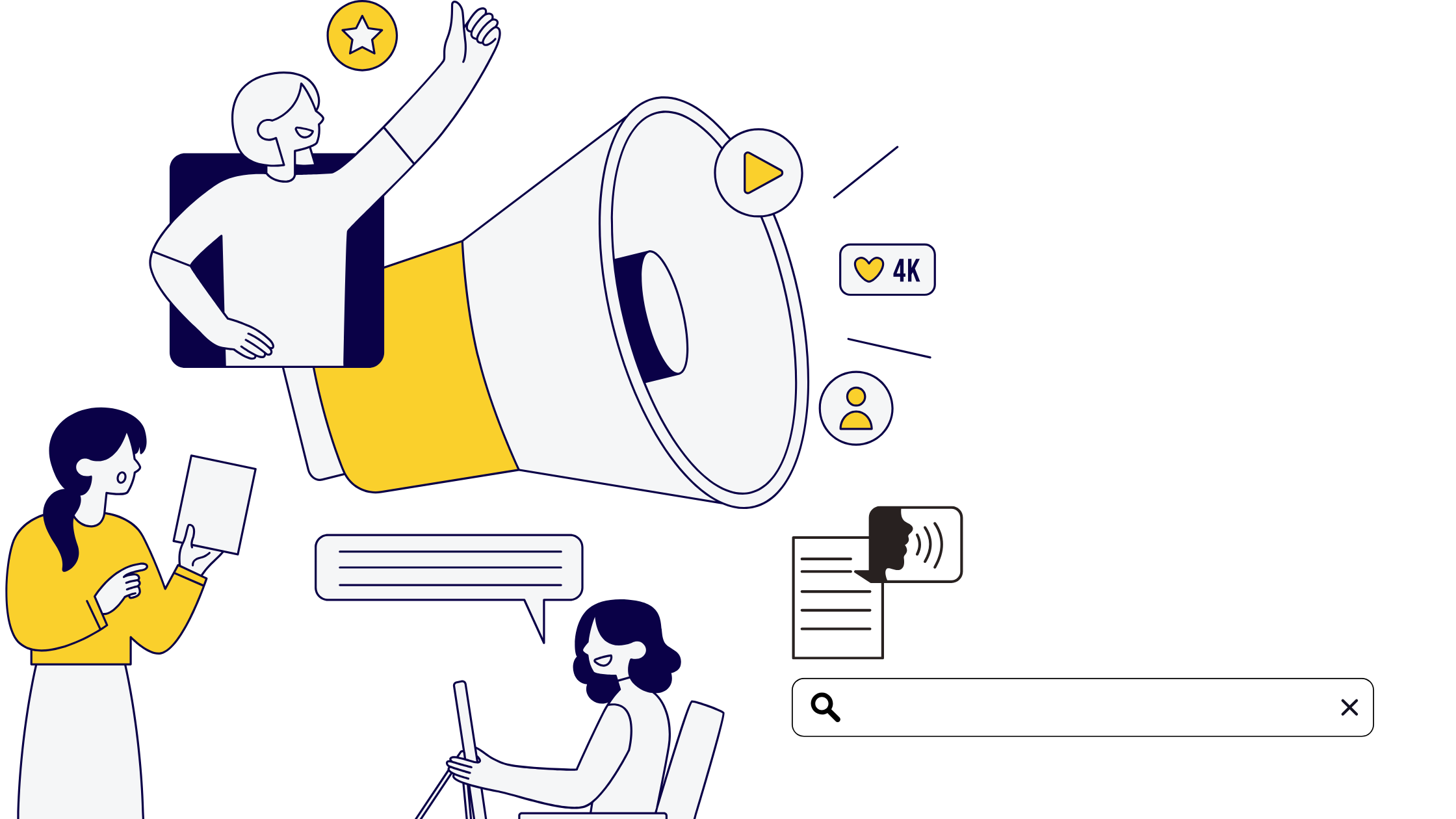Headings (and sub-headings) help provide structure to your content by organizing and breaking it down into smaller sections. Heading tags range from H1 through H6, with H1 being the largest in size. The importance of a blog/page is correlated with its heading by both readers and search engine spiders.
Headings (H1-H6) can and should be thought of as titles and subtitles (or headings and subheadings), and should be used exactly as they were intended. The most important topic of your page should have an H1 heading, the following subsection a H2, and so on. By following this hierarchical pattern, search engines get the impression that you care about your reader’s readability. Always remember that each page on your site should only have one H1 tag. Just because H1 headings are deemed the most important on a page, it does not follow that by putting all your headings (and worse, all of your content) in an H1 format your page will be deemed more relevant. This type of activity will not help improve your website’s chances of obtaining better rankings, and may even be a negative force (due to its spammy quality).
Just like the title and meta tags, the headings should be descriptive; however, avoid headings which consist of a list of keywords. What you should aim for, is a heading that captures the information contained on a given page in the most general form possible, while making use of keywords and key phrases where it is practicable to do so organically.







